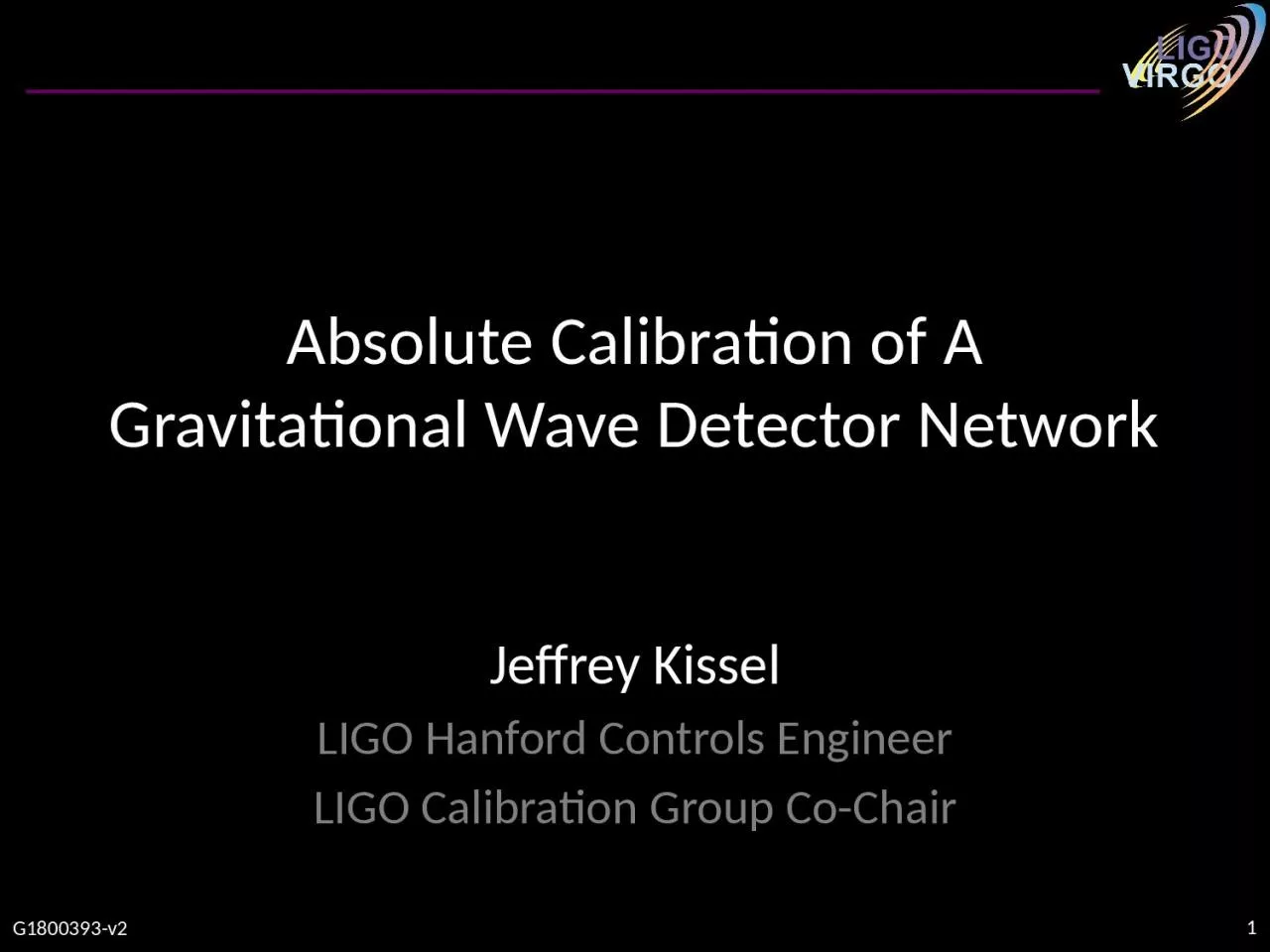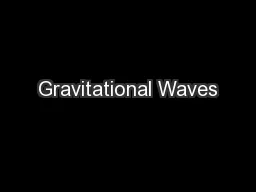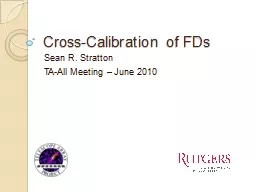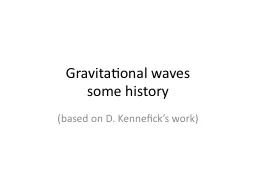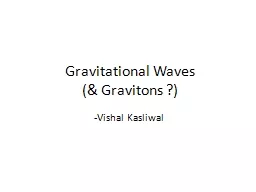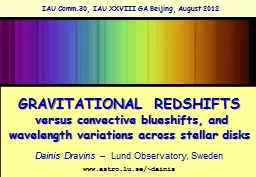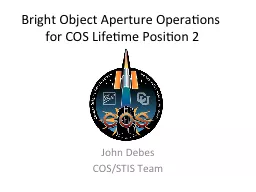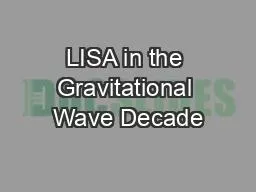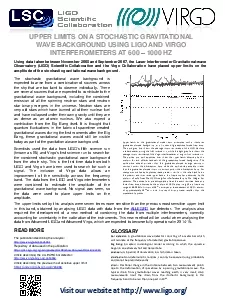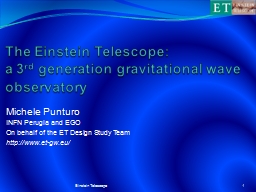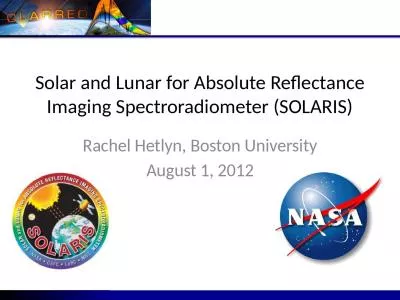PPT-Absolute Calibration of A Gravitational Wave Detector Network
Author : pamela | Published Date : 2023-10-04
Jeffrey Kissel LIGO Hanford Controls Engineer LIGO Calibration Group CoChair G1800393v2 1 Inspiration G1800393v2 2 PRL 11623 2016 231102 2G 3G Space and PTAs
Presentation Embed Code
Download Presentation
Download Presentation The PPT/PDF document "Absolute Calibration of A Gravitational ..." is the property of its rightful owner. Permission is granted to download and print the materials on this website for personal, non-commercial use only, and to display it on your personal computer provided you do not modify the materials and that you retain all copyright notices contained in the materials. By downloading content from our website, you accept the terms of this agreement.
Absolute Calibration of A Gravitational Wave Detector Network: Transcript
Download Rules Of Document
"Absolute Calibration of A Gravitational Wave Detector Network"The content belongs to its owner. You may download and print it for personal use, without modification, and keep all copyright notices. By downloading, you agree to these terms.
Related Documents

